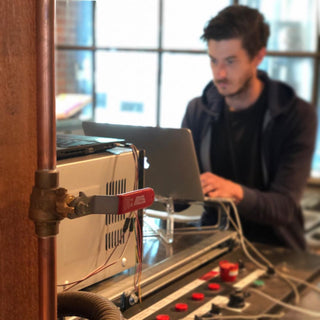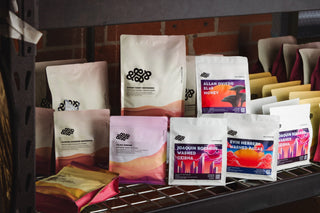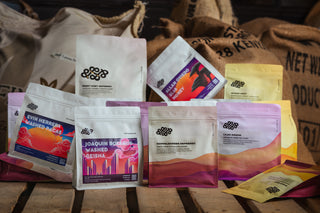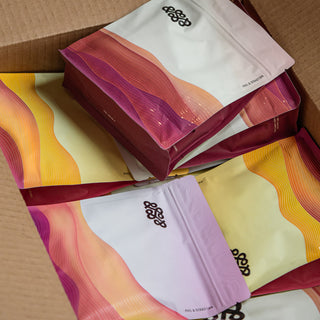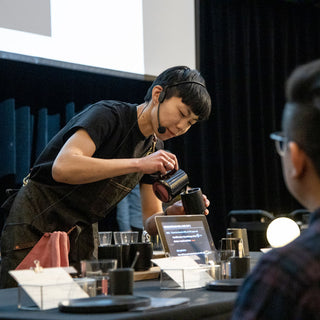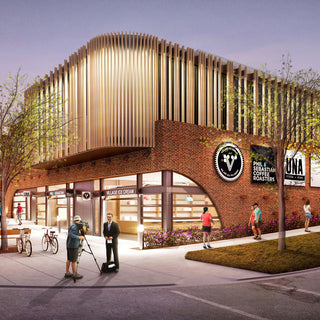To start, I want to emphasize that this is not a how-to on fire prevention! Roasters, please educate yourselves about this important topic.
Most seasoned roasters have dealt with a roaster fire at some point in their roasting career. Many modern roasting machines (like those available from Loring) have built-in fire suppression that works quite well, but refurbished old roasters by and large have nothing. When designing our custom roaster, especially considering our beautiful all-timber roasting space, it was a priority of mine to address fire prevention.
A key to fire prevention is to keep your venting ultra-clean. To achieve this, I chose to use all stainless steel Nordfab clamp vents. They easily unclamp to promote regular cleaning.
From a design point of view, I did two things with this roaster. The first was to affix a screen on the output of the combustion chamber to act as a spark arrester. No sparks means no source of ignition for potential fires. However, since no spark arrester has 100% efficacy, more had to be done.
The most common place for fires to start is within the cyclone/chaff collector, given that roasting chaff is a near perfect combustible. Chaff fires burn hot and fast and produce lots of smoke. It’s very easy for a roaster to see the fire, but the question is what to do about them. The cyclone is a rather closed system, and the worst thing one can do in a fire situation is open them up to allow more oxygen to enter.
Now I’ll segue to the photo of this post. What you see there is the red valve handle of the water line, which is tied into the top of the cyclone that you can see in the subsequent photos. What you can’t see is the nozzle inside, with a spray pattern designed to douse the whole interior of the cyclone. With this setup, the roaster can pulse some water to quickly extinguish a fire.
-Phil
